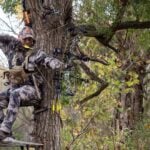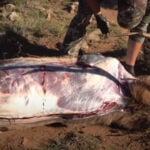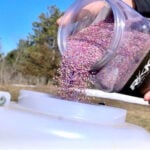It’s no secret that the success of bowhunting whitetails comes from placing yourself within range of a well traveled path. And that’s something easier said than done. In a perfect world, every hunting property would have an existing funnel between a whitetail’s bedding area and its destination food source, with a chip shot on the upwind side.
Unfortunately, such a world does not exist, and you may be looking at your property seeing nothing but an ocean of homogeneous landscape with little to no deer funneling features. So, what should you do if your property lacks the presence of these channeling characteristics? Create them! Here are 5 ways to funnel deer past your stand this fall.
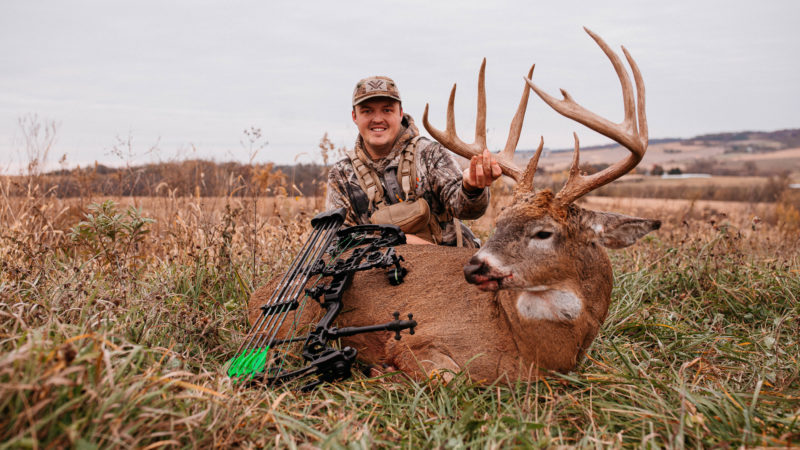
1. Road Construction - Creating a New Path
Deer are notorious for taking the path of least resistance; so naturally one of the quickest ways to get deer movement closer to your stand is by creating a new trail. This gives them the illusion of safely getting from one destination to the next with little resistance while simultaneously closing off the existing trails.
Deer are creatures of habit and can be found using trails leading from bedding to feeding daily. The most common issue, however, is that many times this food to cover pattern doesn’t always lead past an acceptable stand location. This requires a little manipulation. Many times it can be done simply with a chainsaw or a weedeater.
The first step is to locate a suitable stand location with good access. Easy in, easy out. Next, determine what wind hunts best for the location from both the hunter and the deer’s perspectives. Lastly, create a tempting path on the upwind side of your stand with your chainsaw and weedeater. Use the brush from the removal to close off any existing trails that may put the deer just out of shooting range or even to prevent them from swooping downwind of your setup. Most importantly, keep this path close to your stand for an ethical shot. After all, up close and personal is the name of the game.
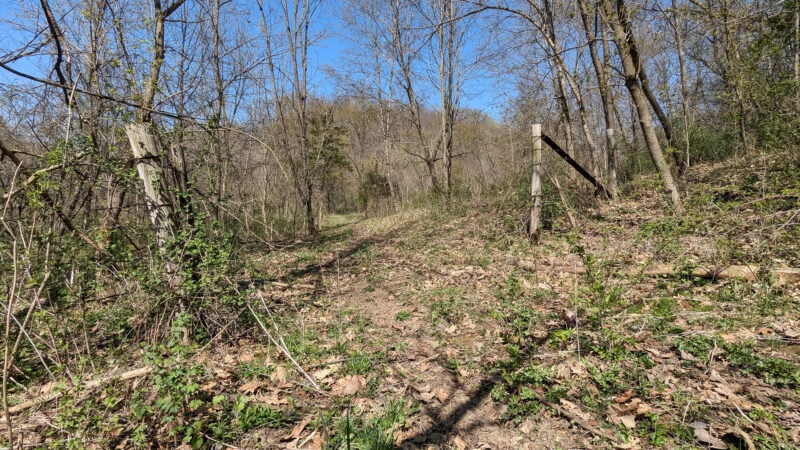
2. The Tavern - Water Hole
Another great option to congregate deer by your stand is by implementing a water hole. There are 2 ways that a water hole will channel deer past your stand for a shot. The first and most obvious is because water is an attractant. Deer need to drink, period. Place yourself above a water source and you’re likely to get an arrow in one eventually. The second, and often overlooked, way is utilizing the water source as a bottle neck.
Whether you’ve dug out a shallow pond with a dam, or placed a tank, look for the pinch point between the water source and cover. Often deer will travel this edge even when they aren’t stopping for a drink. Simply ambush them as they slip between you and the water hole. I’ve had a lot of success building shallow water holes on the fringe of dry bedding areas. I’ve also seen people bury cattle stock tanks and even kiddie pools. These water sources are hotspots not only when it’s warm but when the rut is heating up too.
Check out our article on how to build a water hole HERE.
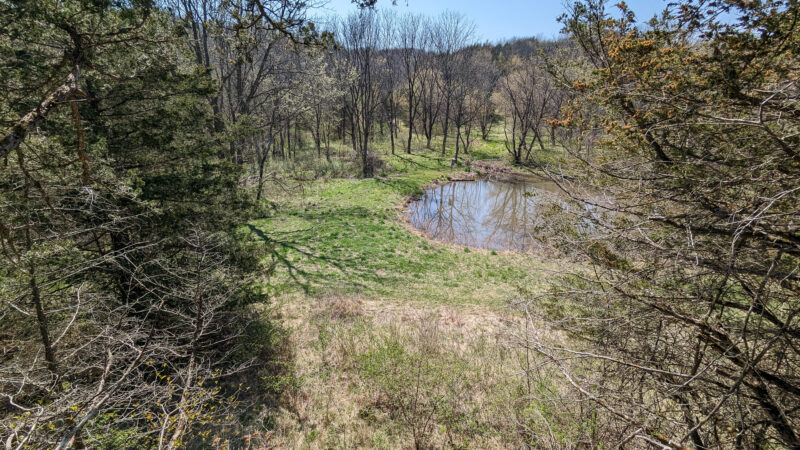
3. Open the Door - Gates and Fence Gaps
A popular and extremely effective strategy often used in ag country is the open gate technique. Just as the name implies, an open gate along a brushy fence row that leads to a destination food source can be deadly! Since deer tend to take the path of least resistance, the opening in the fence is a no brainer. The hard part many times is locating a tree suitable for a stand.
Many times locations like this are prime candidates for ground blinds or tower blinds. This technique is also not limited to ag country only. If you have an old fence line that runs through your hunting property between bedding and a food source, find the best ambush point along the terrain and create the “open gate” by cutting a strategic gap in the fence. Just make sure the landowner doesn’t have cattle that can escape!
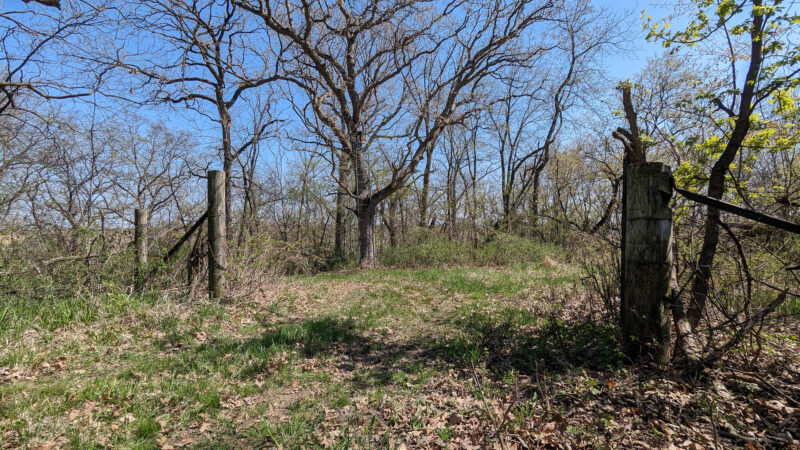
4. Dinner is Served - Food Plot
The most obvious funneling feature on the list is the use of a food plot. Unless you’ve been living under a rock, you’ve seen how food plots help hunters harvest deer year in and year out. After all, deer are slaves to their stomachs, so it’s really a no brainer option when it comes to getting more deer within bow range. Not all food plots are created equal, however. Many times it’s the large plots that are more difficult to harvest deer from.
Large plots give more room for deer to hang out beyond bow range, and they tend to be easier to scare deer from as you exit at the end of your hunt. That’s why I absolutely love creating small plots that are set back from the main food sources.

Not only do these smaller plots make for close archery shots but also tend to see a higher percentage of daylight use by the deer bedded nearby. Many times as deer filter out of the bedding areas these small plots are the first place they’ll stop for a quick snack as they head towards the evening destination feed.
The best part about these food plots is that large equipment isn’t always necessary. A lot of work can be done with a chainsaw, chemicals, and some sweat equity. Get sunlight to the ground, expose the soil, and be sure to broadcast a browse tolerant species like white clover. The beauty of these plots is that by the end of the hunt majority of the deer have made their way to the destination food source giving you the perfect opportunity to slip out undetected.
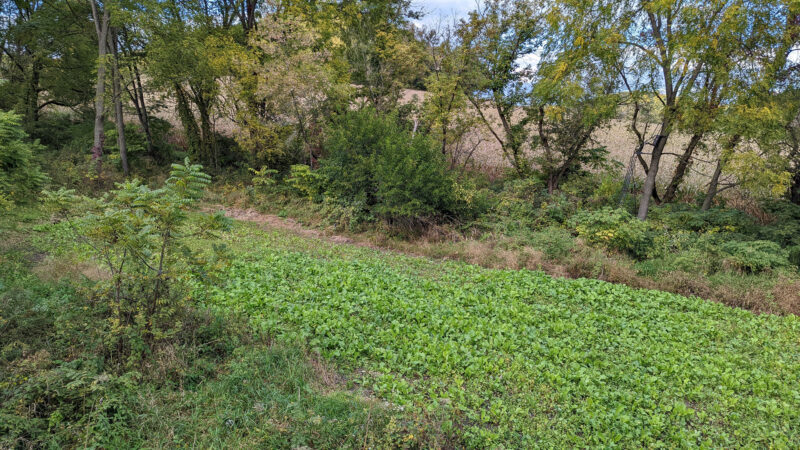
5. The Mock Scrape
The mock scrape–my absolute favorite method of manipulating deer into bow range. Especially for harvesting bucks during late October cold fronts. My addiction with hunting whitetails began at a very young age, and locating a fresh scrape was a large contributor to that craving. My young mind would paint an image of the buck that tore up the soil.
Today, I find myself creating these scrapes in strategic locations on the farms I hunt. Once deer adopt these scrapes, I’m able to see every single deer that utilizes the marking location, thanks to a well placed trail camera.
I often refer to mock scrapes as the “welcome mat” for bedding areas and food sources. It’s amazing the drawing power for bucks and does alike. The best part about them is they are easy to make. All you need is a sturdy branch or vine, wire or zipties to fasten the licking branch and a tool to work the soil.
I often utilize an inexpensive option such as a nearby stick or the heel of my boot. The key is to hang the licking branch somewhere around waist to chest high so that it’s at a comfortable height for bucks, does and even fawns to use. Then, for added realism, you can add pre-orbital gland scent on the branch and urine to the worked soil below.
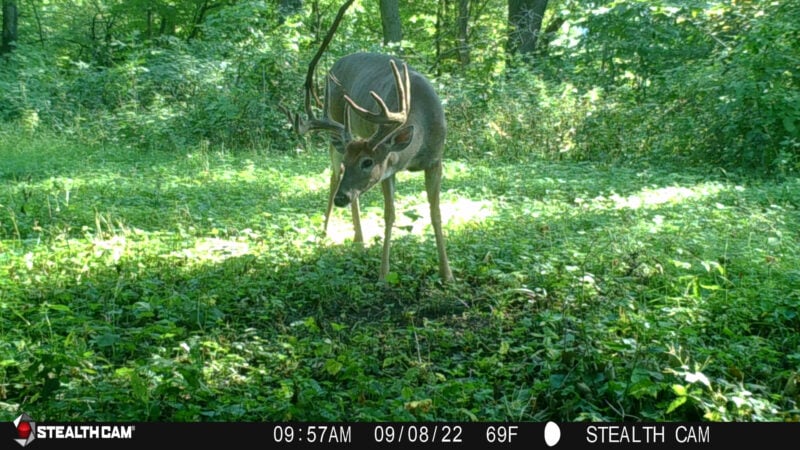
Truth be told, I use my own (scent) more often than not. I target locations where numerous heavily used trails converge on the fringe of a bedding area or just off the edge of a food source where deer tend to congregate. Since these are already social hubs, the addition of a mock scrape can act as an absolute magnet for the deer within the vicinity.
Scrapes are essentially a guest book when it comes to leaving information about its visitors, and if you can be within bow range of a mock scrape during a late October high pressure system cold front, then you’re in for an absolute treat!
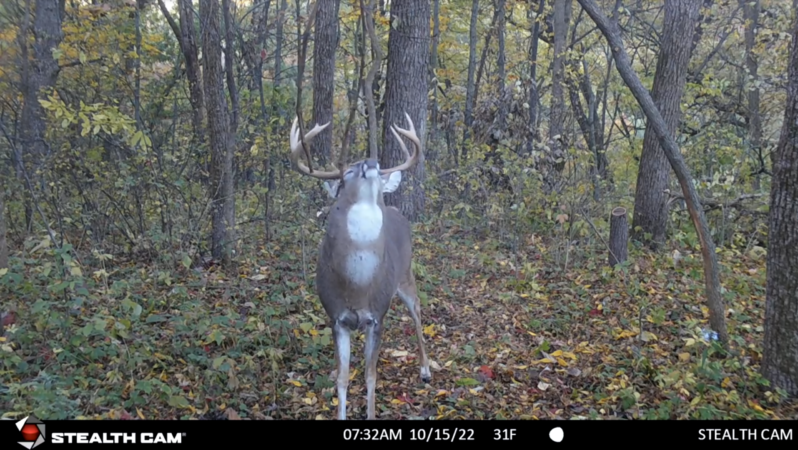
There’s a look at 5 different ways to funnel deer past your stand. With some pre-season scouting, taking advantage of existing habitat features, implementing a combination of funneling techniques and of course a little sweat equity, you’ll be manipulating deer movement in front of your stand in no time! Good luck and shoot straight!
We want to hear from you. Comment below with ways you funnel deer past your stand.

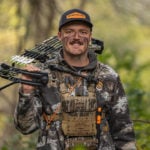 By
By 